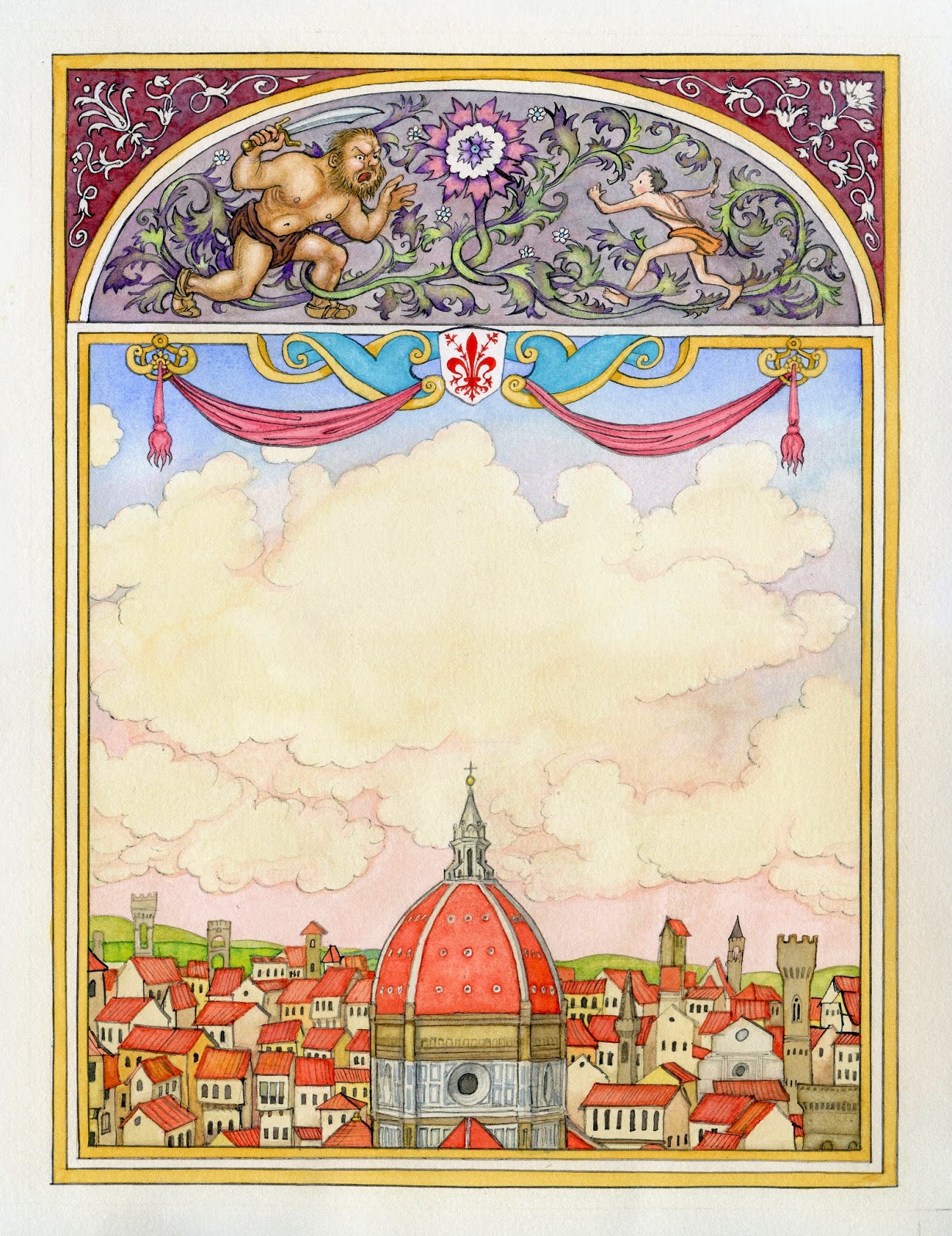For the last couple of years I've taught a variety of writing courses including two eCourses on writing picture books (How To Write A Children's Picture Book and Five Picture Books In Five Weeks). So some time ago when a friend asked if it was ok to pass my details on to a local aspiring picture book author I said it would be fine. A few days later he called and opened the conversation by telling me he’d written loads
of stories and wanted to get them published. He asked if any of my courses would be
suitable. I went through the syllabus and asked if he felt it was what
he needed. “I’m not sure,” he responded.
Silent groan!
So I asked if he knew how the publishing industry worked.
“Well, um… no,” was the reply. “Then if
nothing else you’ll gain a better understanding of what books make it to market and why.
You can then edit your stories to suit the market, giving you a better chance.” “Oh I know my books will sell because my wife
and kids love them," was his reply.
Silent groan!
 I told him it doesn’t mean they would be suitable for
today’s market. To make my point I told him about my mistake when
submitting my first story. The story included three celebrations, these being:
Easter, Guys Fawkes Night and Halloween. I continued I’d been extremely lucky
that the editor who read my story liked it. She took the time to write
the nicest rejection letter I’ve ever received. She pointed out that in order
to sell globally I would have to think globally. Not everyone follows a Christian
faith, so would not celebrate Easter. Only England celebrates a foiled plot to blow up their government, so would never have
heard of Guy Fawkes Night. Finally she pointed out that not everyone celebrates
Halloween and some even find it offensive. She finished by saying that if I
could make a few changes she’d be pleased to read my story again. I made the
changes, re-submitted and that story became 'A Book For Bramble.'
I told him it doesn’t mean they would be suitable for
today’s market. To make my point I told him about my mistake when
submitting my first story. The story included three celebrations, these being:
Easter, Guys Fawkes Night and Halloween. I continued I’d been extremely lucky
that the editor who read my story liked it. She took the time to write
the nicest rejection letter I’ve ever received. She pointed out that in order
to sell globally I would have to think globally. Not everyone follows a Christian
faith, so would not celebrate Easter. Only England celebrates a foiled plot to blow up their government, so would never have
heard of Guy Fawkes Night. Finally she pointed out that not everyone celebrates
Halloween and some even find it offensive. She finished by saying that if I
could make a few changes she’d be pleased to read my story again. I made the
changes, re-submitted and that story became 'A Book For Bramble.'
“Oh, but I’d only submit to an English publisher,” was the
reply.
Silent groan!
I continued that gone are the days publishers only publish
in their own country. In order to make a book viable the rights would be sold
worldwide. My books have travelled as far as America, Australia, Indonesia,
Korea and my publisher has recently sold the Hebrew rights of one of my books.
“Oh, so you’re saying I may have to change my stories
slightly.”
Silent groan!
I finished by stating that unfortunately today you have to realise
we are creating a product. To get that product onto the market (published) you
have to think about what the client (the publisher needs) and this product is
an item that must have global appeal. So today when writing my books I always have this in mind. So if you want to give your story the best chance think global appeal.







































